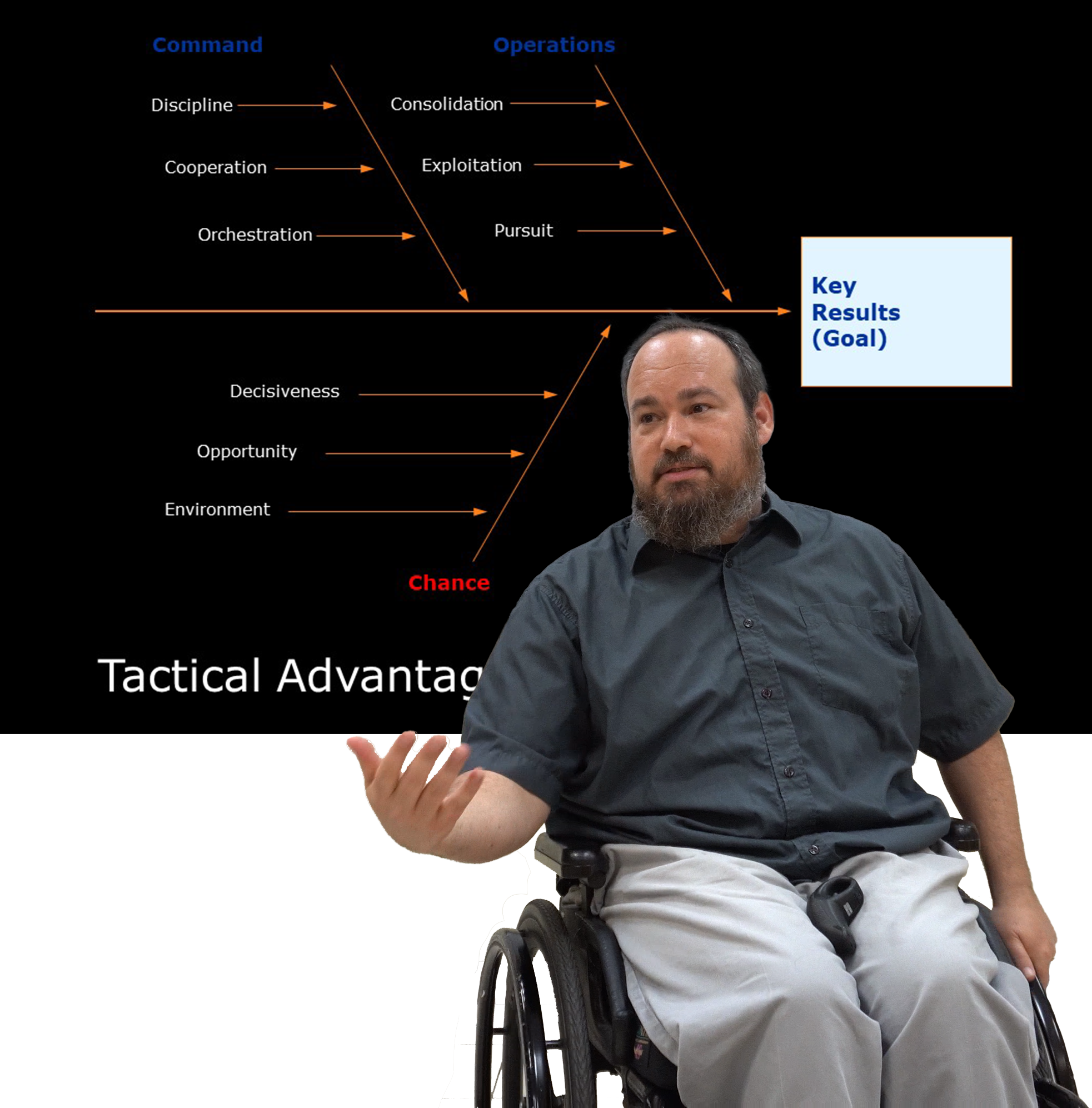

Leadership, we seem to hear that word thrown around a lot these days. But, what are leaders without followers? And is it possible to be a leader and follower at the same time?
To be clear – Followers are not sheeple. They are people who are deeply committed to the mutual purpose and vision delineated by leadership. They give leaders authority and influence.
While part of understanding followership means learning about the different leadership styles, Followership requires a great deal of humility, emotional intelligence, and the desire to continually learn how to engage power through effective communication.
We need to really consider how we act as followers in our all relations.
Both leadership and followership are topics of interest for me. I have spent a bunch of time researching the relationship between these and how that relationship impacts teamwork, organizational culture, operations, and execution.
Consider This
Leadership is a Process that requires Followers
Some theory and philosophy
Leadership Styles @ the Doctor's Den with Dr. D.
January 10, 2022 11:13
Tactical Advantage @ The Doctor's Den with Dr. D.
January 10, 2022 11:15
Followership and Leadership for Strategic Purpose
March 1, 2023 12:45
The Duality of Leadership - what if we CAN'T relate well???
February 27, 2023 12:00
DIEHARD Alienated Followers??? What???
February 23, 2023 10:00
From FLOW to BURNOUT
March 15, 2023 10:45
A leader is best when people barely know he exists, when his work is done, his aim fulfilled, they will say: we did it ourselves. — Lao Tzu
Followership – A Breakdown
Leadership as process that requires Followers
“Leadership is a process in which one unit adapts and influences other units to adapt, and adopt, action towards a mutually-shared vision, objective, or goal.” – Dr. D.
That means leaders need followers.
Followership Skills
Skills, skills, skills. Are they inborn traits or can they be learned? Effective and ethical followership demands that followers constantly improve the skills and other tools in their arsenal.
Followers need to utilize skills effectively in their relations with leaders, each other, and the team as a whole. When we talk about skills we need to deep dive into a slew of different perspectives from personality traits and self-awareness to communication skills, problem solving and decision-making, strategic and tactical thinking, team building, and more…
Followership builds Trust
Just ask Lencioni. Without trust you will find conflict. Which leads to a lack of commitment and accountability. And results will suffer. But effective followership, that creates an environment of trust, allows leaders to communicate without fear, maintain transparency in goals, and allow team members and leaders to hold each other accountable as they work together towards a mutually defined future.
Followers need to know themselves
Self-awareness – about our own ideational hierarchy, skills, capabilities, limitations, and values – is an essential part of courageous exemplary followership. Knowledge about self and about the organization provides perspective on how to best engage in effective, supportive, radical followership.
Followership Styles
Followers are willing to accept the direction and influence that leadership entails. From the Diehards to the Isolates, the Exemplary Follower to the Alienated, followers choose who and how they are going to engage. Understanding Followership, and the choices we face as followers, is a huge part of supporting leadership and working with leaders.
Courageous followership requires a great deal of self awareness about developmental level, ideational hierarchy, and purpose. These are just as much a part of success as the styles and skills that a leader brings to the relationship.
Leadership Styles
Choosing an effective leadership style depends on the follower in the relationship.
The list of leadership styles is extensive. Goleman provides us with six: Commanding, Visionary, Democratic, Coaching, Affiliative, and Pacesetting. But there are others – Transformational, Transactional, Authoritative, Authoritarian, Paternalistic, and Servant leadership can also be found among the many styles of leadership described in the literature. Each provides a different way of engaging followers and utilizes different mannerisms and skills to improve or influence the relationship.
Leadership and Followership depend on the Situation
While leadership is often about delineating the path and setting goals, it can also mean letting others decide how best to get to the finish line. Effective, courageous followers take on the responsibility of bolstering leadership by engaging active participation, critical thinking, and engagement with purpose to create vision.
Followership is tough.
Followership is based on a mutual vision and an understanding of strategic, operative, and tactical thinking. It means making tough decisions but being open to the possibility that you are wrong. It calls on those who choose to follow to constantly learn and adapt. It forces those who follow to care about those who lead. It requires intellect, purpose, and discipline, but it demands empathy, understanding, and character.
articles and Posts

From FOMO to Strategy
“But I NEED to be there.” Oh boy, this CEOs FOMO was kicking in hard. But it was more than that. This is how he

Make the Abstract Concrete
You may need to help your leaders transition between abstract and concrete thinking. Their ability to move between these is important for your team. And

Creating Allies
Ever seen a team crumble from the inside? Katlyn turned to me because she was certain that her team was falling apart. The pebble that

Strategic Followership: Key for Success
In the realm of leadership and strategy, much attention is given to the art of leading. However, the essence of true leadership often resides in

Operative Followership and Strategy
In this fast-paced world, organizations often require skilled professionals who can effectively manage and implement strategic initiatives. This is the role of the operative level

Time to Demystify Complex Ideas
In today’s fast-paced technological landscape, understanding complex concepts is paramount to staying ahead of the curve. However, jargon and complex language act as gatekeepers and


